Thinking about giving your kitchen or bathroom a fresh look? Epoxy countertops might catch your eye with their glossy finish and custom designs.
Epoxy countertops give you eye-catching benefits like a glossy, seamless look and endless design choices, but they also come with some drawbacks.
Installation is often tricky and time-consuming, usually requiring skill and patience. These surfaces can be sensitive to heat, prone to scratches, and may stain if not cared for properly. Regular maintenance is needed to preserve their shine and durability.
On the positive side, epoxy can be a cost-effective alternative to natural stone. However, its limited heat resistance and risk of damage mean it’s best for homeowners ready to handle the upkeep to keep them looking great.
From the pros and cons to cleaning and upkeep, this guide will give you the clear details you need to make a confident choice.
What Are Epoxy Countertops?

Epoxy countertops give you a way to create a smooth, glossy surface that can look like stone, marble, or even a custom design. They’re made by mixing resin with a hardener, which cures into a solid and durable finish.
How Epoxy Countertops Are Made
You start with a base surface, usually wood, laminate, or an existing countertop. Epoxy isn’t a countertop material on its own—it’s a coating you pour and spread over another surface.
This makes it a popular choice for updating old counters without replacing them. The process involves mixing the resin and hardener in specific ratios.
Once combined, the mixture starts to cure, so you need to work quickly. You pour it onto the countertop, spread it evenly, and let it self-level into a smooth finish.
Many people add pigments, metallic powders, or colored tints to create unique patterns. This is how you can mimic the look of granite, marble, or quartz without the high cost.
Epoxy also creates a seamless surface, which means no grout lines or seams to clean. The curing process can take several days.
During this time, the surface hardens into a glossy, solid coating that resists stains and scratches. Proper ventilation and temperature control help avoid bubbles and uneven curing.
Epoxy Resin Explained
Epoxy resin is a type of plastic that forms when resin and hardener chemically react. This reaction creates a rigid surface that bonds tightly to the material underneath.
Once cured, epoxy resin is non-porous, which makes it resistant to moisture and easy to clean. The mixture is usually clear, but you can add colorants or decorative effects.
This flexibility is why epoxy countertops are popular with DIY crafters—you can design a one-of-a-kind surface. Epoxy resin is also known for its strength.
It resists heat better than many other coatings, though direct contact with very hot pans can still cause damage. It’s also resistant to many household chemicals, which makes it practical for kitchens and bathrooms.
Because epoxy resin cures into a solid, it doesn’t peel or flake like some paints or sealants. If you apply it right, it forms a permanent finish that can last for years with proper care.
Understanding surfaces is easier when you know the basics of resin. Learn more by reading our guide Resin Casting Basics: Everything Newbies Need To Know.
Advantages of Epoxy Countertops

Epoxy countertops give you a mix of strength, style, and safety. You can count on them to handle daily use, resist heat, and offer flexible design options while staying easy to clean.
Durability and Longevity
You get a countertop that can handle heavy use without wearing down quickly. Epoxy creates a hard, solid surface that resists scratches and stains better than many budget-friendly materials.
If you apply it correctly, the surface bonds tightly and doesn’t peel or chip easily. This makes it a good choice for kitchens, workshops, or craft spaces where spills and sharp tools are common.
Unlike laminate, which can swell or separate, epoxy forms a continuous layer that protects the material underneath. With the right care, you can expect it to last for years without losing its shine.
Heat Resistance and Easy Maintenance
Epoxy countertops can handle moderate heat, so you don’t have to panic when you set down a warm pan or coffee mug. While you should still use trivets for very hot pots, the surface won’t scorch as easily as some plastics or laminates.
Cleaning is simple because the surface is non-porous. Liquids sit on top instead of soaking in, which helps prevent stains.
You can wipe spills with a damp cloth and mild soap. Since the surface has no seams, crumbs and dirt don’t collect in cracks.
This makes it easier to keep your kitchen or workspace sanitary with very little effort.
Seamless and Customizable Designs
You can create a countertop that looks exactly how you want. Epoxy can be tinted, swirled, or layered to mimic stone, marble, or even metallic finishes.
This gives you more creative control than most other countertop materials. Because the application process covers the entire surface in one pour, you get a seamless finish.
That smooth look not only feels modern but also makes the surface easier to clean. For crafters, this flexibility means you can match your countertop to your personal style or even design a one-of-a-kind piece that doubles as a functional workspace.
Non-Toxic and Safe Surfaces
Once cured, epoxy countertops are non-toxic and safe for food prep. The hardened surface doesn’t release harmful chemicals, so you can use it in kitchens without worry.
The smooth, sealed layer also prevents bacteria and mold from finding places to grow. This makes the surface safer and more hygienic compared to porous materials like wood or unsealed stone.
If you value a clean and safe work area, epoxy gives you peace of mind while still offering the durability and style you want.
Sometimes you’ll want to refresh or layer your project. For safe tips, check out our article:Can You Put Epoxy Over Epoxy? Learn How Here.
Disadvantages of Epoxy Countertops
Epoxy countertops can look impressive, but they come with clear drawbacks. You may face surface flaws, fading from sunlight, and challenges during installation that affect both appearance and durability.
Air Bubbles and Imperfections
When you pour epoxy, air bubbles often rise to the surface. If you don’t remove them quickly with a heat gun or torch, they harden in place.
These bubbles can leave small craters or cloudy spots that distract from the glossy finish. Even with careful work, dust, lint, or hair can land on the wet surface.
Once cured, these bits become permanent imperfections. Unlike stone or laminate, you can’t just sand them smooth without dulling the shine.
Common issues include:
- Air bubbles trapped under the surface
- Uneven texture from dust or debris
- Ripples from poor spreading technique
If you want a flawless look, you’ll need patience, practice, and often multiple layers.
UV Sensitivity and Fading
Epoxy does not hold up well to direct sunlight. Over time, UV rays break down the resin and cause yellowing or fading.
This is especially noticeable on lighter colors, where even a small change in tone can stand out. If your countertop sits near a window, you may see discoloration within a year.
Even products labeled “UV resistant” only slow the process, they don’t stop it completely. You can reduce fading with window films, curtains, or by avoiding light-colored epoxy designs.
Still, this material is better suited for indoor areas away from constant sunlight. If you want a surface that maintains its color long-term, epoxy may not be the best choice.
Installation Challenges
Applying epoxy is not as simple as rolling on paint. The mixture sets quickly, and once it starts curing, you can’t go back to fix mistakes.
Timing is critical, and beginners often struggle with uneven coverage or drips along the edges. The process also requires tools like mixing buckets, spreaders, and heat guns.
If you skip steps or measure incorrectly, you may end up with soft spots or weak layers. Unlike prefabricated countertops, epoxy is a true DIY project with a steep learning curve.
While you can save money by doing it yourself, the risk of wasted materials and unsatisfactory results is high if you’re not confident in your skills.
Adding light can transform ordinary resin into something magical. Get inspired by reading our article: Can You Put LED Lights in Epoxy Resin Projects?
Epoxy Countertops vs. Traditional Surfaces
When you compare epoxy countertops with traditional surfaces like granite, quartz, laminate, or solid surface, the biggest differences show up in how they hold up over time and how much they cost. Each option brings strengths and trade-offs that affect daily use and long-term value.
Comparing Durability and Maintenance
Epoxy countertops give you a seamless surface that resists water and stains. You can pour hot pans directly on some epoxy finishes without immediate damage, but the surface can still scorch if exposed too long.
Scratches are possible, especially if you cut directly on the counter without a board. Traditional materials vary.
Granite and quartz resist heat and scratches better than epoxy, but they often require sealing or special cleaners. Laminate is more prone to burns, chips, and peeling, while solid surface materials can scratch but are easier to sand and repair.
Maintenance also plays a role. You don’t have to seal epoxy like you do with natural stone, but you must be careful with cleaning products.
Harsh chemicals can dull the shine. A mild soap and soft cloth usually work best.
If you enjoy DIY projects, epoxy lets you refinish old counters yourself, but the installation process is messy and unforgiving. Traditional surfaces usually require professional installation but are less risky once in place.
Cost and Value Considerations
Epoxy countertops often appeal because you can install them over existing counters, saving on demolition. The materials themselves are affordable, but the labor and time can add up if you want a smooth, bubble-free finish.
Professional installation raises the cost closer to mid-range stone surfaces. Traditional options cover a wide price range.
Laminate is the cheapest, but it rarely lasts more than a decade without showing wear. Granite and quartz cost more upfront, yet they add resale value and can last for decades with proper care.
When you weigh cost against lifespan, epoxy sits in the middle. It’s less expensive than stone in many cases but doesn’t always deliver the same long-term durability.
If you want a custom look at a lower price, epoxy makes sense. If you want a surface that holds value for years, stone often wins.
Cleaning and Maintaining Epoxy Countertops
Epoxy countertops stay durable and easy to clean if you use the right methods. Regular care prevents scratches, stains, and dull spots, while small repairs can keep the glossy finish looking fresh.
Daily Cleaning Tips
Wipe your epoxy countertops with a soft cloth or sponge and warm water every day. Mild dish soap or a pH‑neutral cleaner works best because harsh cleaners can damage the finish.
Skip abrasive scrub pads—they scratch the shiny surface. For sticky spills, lay a damp cloth on the spot for a few minutes before wiping it up.
This trick loosens residue without harsh chemicals. If you want extra shine, use a glass cleaner or a bit of diluted vinegar, but rinse with water after so you don’t get streaks.
Clean up spills quickly. Epoxy resists most stains, but things like wine, coffee, or food coloring can still leave marks if you forget about them.
Quick checklist for daily care:
- Use soft cloths or sponges
- Stick with mild, non‑abrasive cleaners
- Rinse with clean water after using soap or cleaners
- Dry with a microfiber towel to reduce streaks
Repairing Minor Damage
Epoxy is tough, but you might notice small scratches or dull spots over time. Buff out light scratches with a fine polishing compound and a soft cloth.
Work in small circles, and don’t press too hard—you don’t want to make the area uneven. For deeper scratches, grab a polishing kit with different grit levels.
Start with the finest grit that removes the mark, then move up to a higher polish for a smooth finish. Clean the surface before and after polishing so you don’t trap any dust.
If you spot chips or small cracks, patch them with a clear epoxy repair kit. Apply the resin, let it cure, then sand and polish to blend it in.
Heat tools are handy for smoothing and fixing resin work. Discover practical tricks by reading our piece, Heat Gun Uses: Tips for DIY, Repairs, and Crafts.
Final Thoughts
Epoxy countertops can be a beautiful and budget-friendly way to upgrade your space, but they aren’t perfect. Their glossy finish and creative designs make them stand out, yet they need careful use and regular upkeep to stay looking their best.
Heat, scratches, and stains are common challenges, and installation can be tricky without experience. Still, for those who want a custom look without the high cost of natural stone, epoxy is worth considering.
Knowing the pros and cons helps you make the right choice for your home. Ready to decide if epoxy countertops are for you? The choice is yours!
Choosing between finishes can be confusing. To clear it up, don’t miss our article, Varnish vs Resin: What Every Maker Should Know.
Explore Resiners Collections for Better Results
If you’re inspired to try epoxy projects of your own, having the right supplies makes all the difference. Resiners offers collections designed to help both beginners and experienced makers get professional results with less hassle. Their range includes:
- Epoxy resin – clear and durable for a polished finish
- Resin equipment – reliable tools for safe and easy crafting
- Bubble removal machine – perfect for smooth, flawless surfaces
- Silicone molds – flexible designs for custom shapes
- Mica powders – rich pigments that add shimmer and depth
With these collections, you’ll have everything you need to bring your epoxy ideas to life.
Frequently Asked Questions
What are the benefits of choosing epoxy countertops for my kitchen?
You can create a glossy, seamless surface that looks custom-made. Epoxy lets you mimic marble, granite, or bold artistic designs, and the non-porous finish keeps spills from soaking in like they do with natural stone.
Can I safely prepare food directly on epoxy countertops?
Don’t cut food right on epoxy surfaces. Knives scratch them, and they’re not rated as food-safe cutting boards. Always use a cutting board to protect your countertop and your knives.
How do epoxy countertops hold up against heat and scratches?
Epoxy can handle a warm plate, but hot pans might scorch or leave marks. Always use trivets or hot pads.
The surface is durable, but sharp objects or dragging heavy cookware can scratch the finish.
What's the cost comparison between epoxy and granite countertops?
Epoxy usually costs less than granite, especially if you do it yourself over existing counters. Granite costs more upfront and usually needs a pro to install, though it often lasts longer without needing a refinish.
Are there any health concerns associated with epoxy countertops?
Once epoxy fully cures, it’s safe for everyday use. The main concern is during installation, when fumes and chemicals can irritate your skin and lungs, so make sure you’ve got good ventilation and wear protective gear.
How do the durability and maintenance of epoxy countertops compare to quartz?
Quartz feels tougher and shrugs off scratches better than epoxy. It stands up to heat, too, and you don’t have to fuss over it much.
Epoxy might chip or wear down after a while. But if that happens, you can just add a new coat to make it look fresh again—something you can’t really do with quartz.

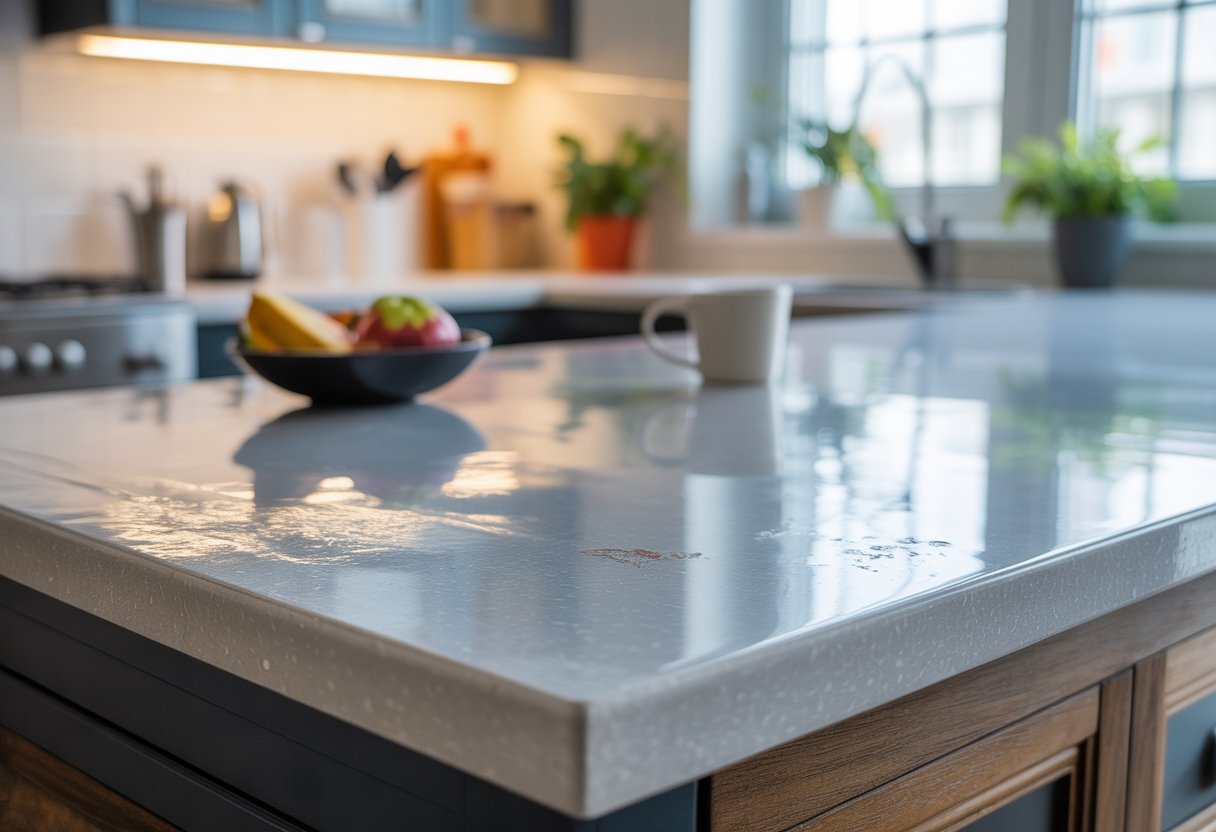
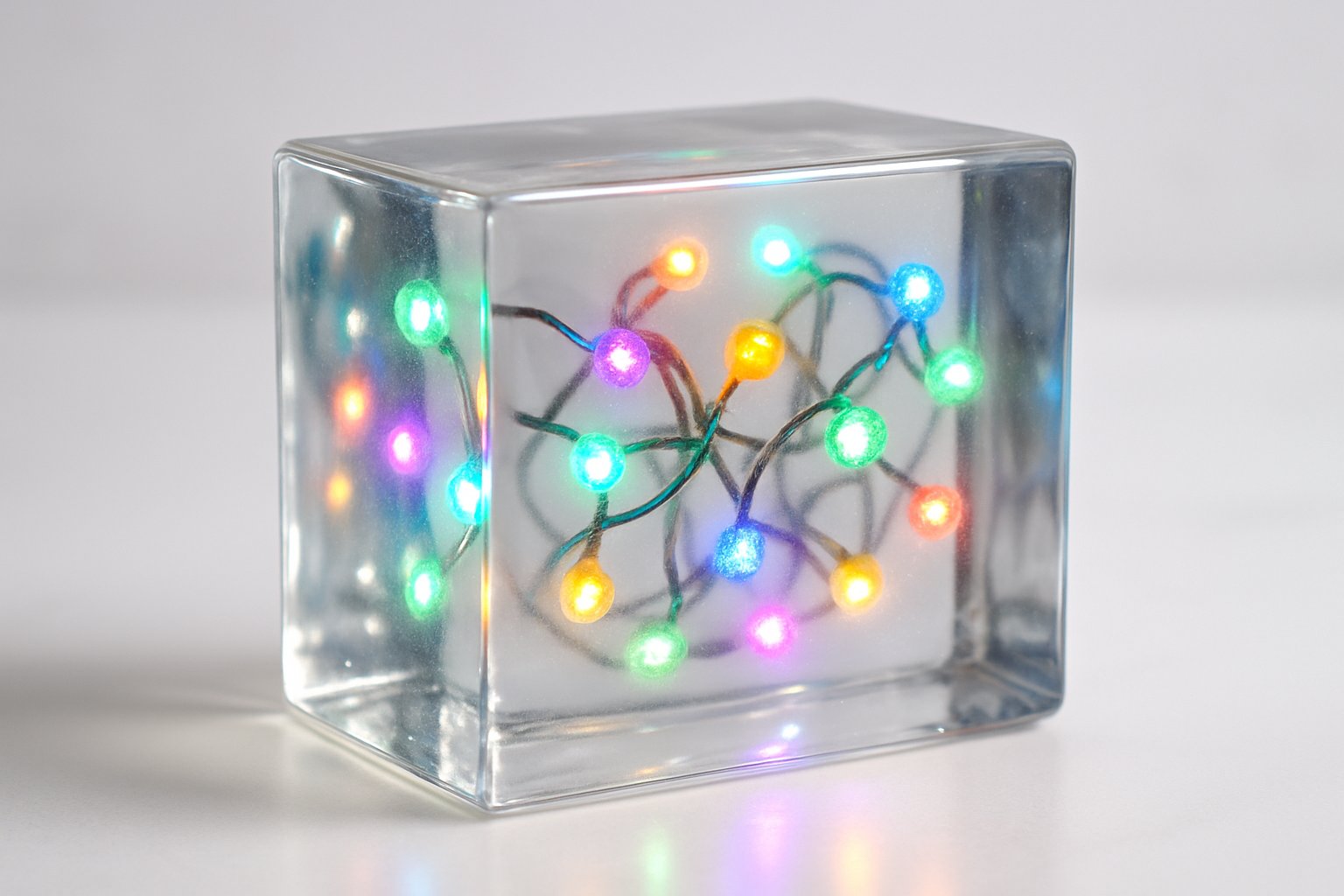

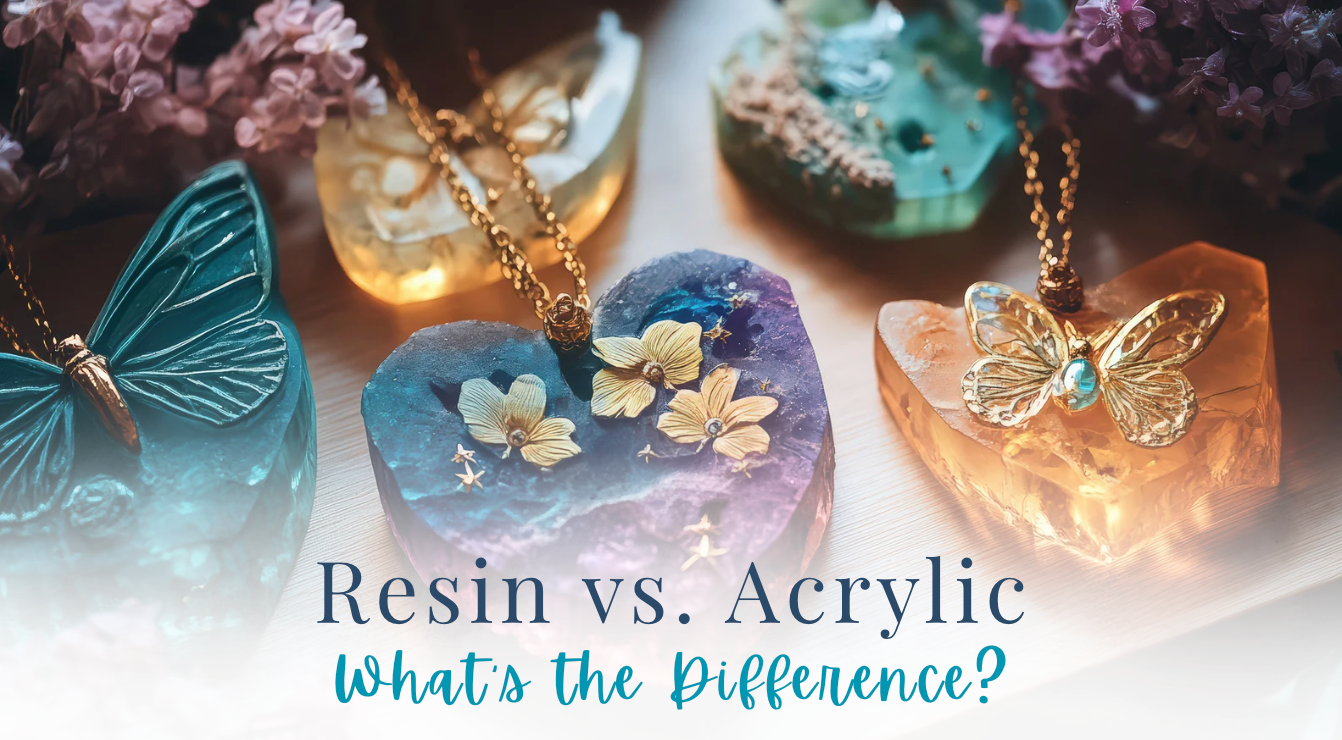
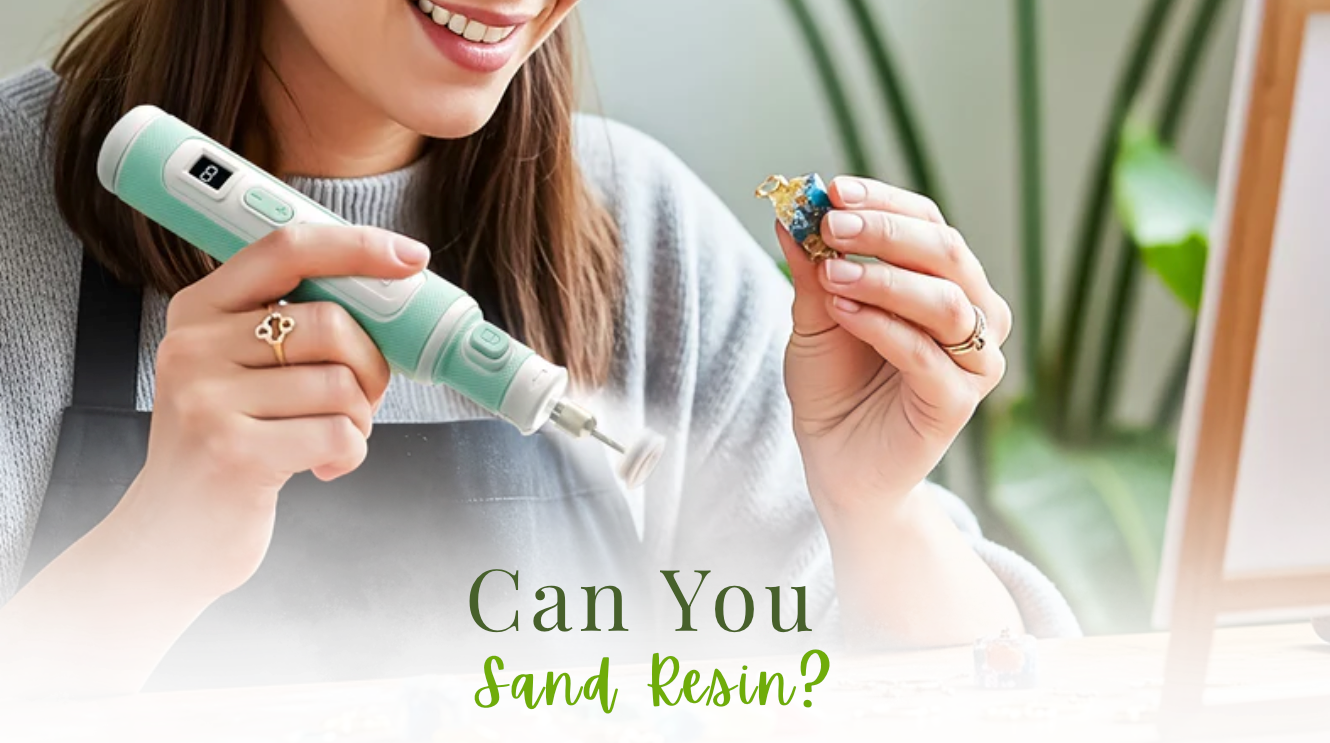
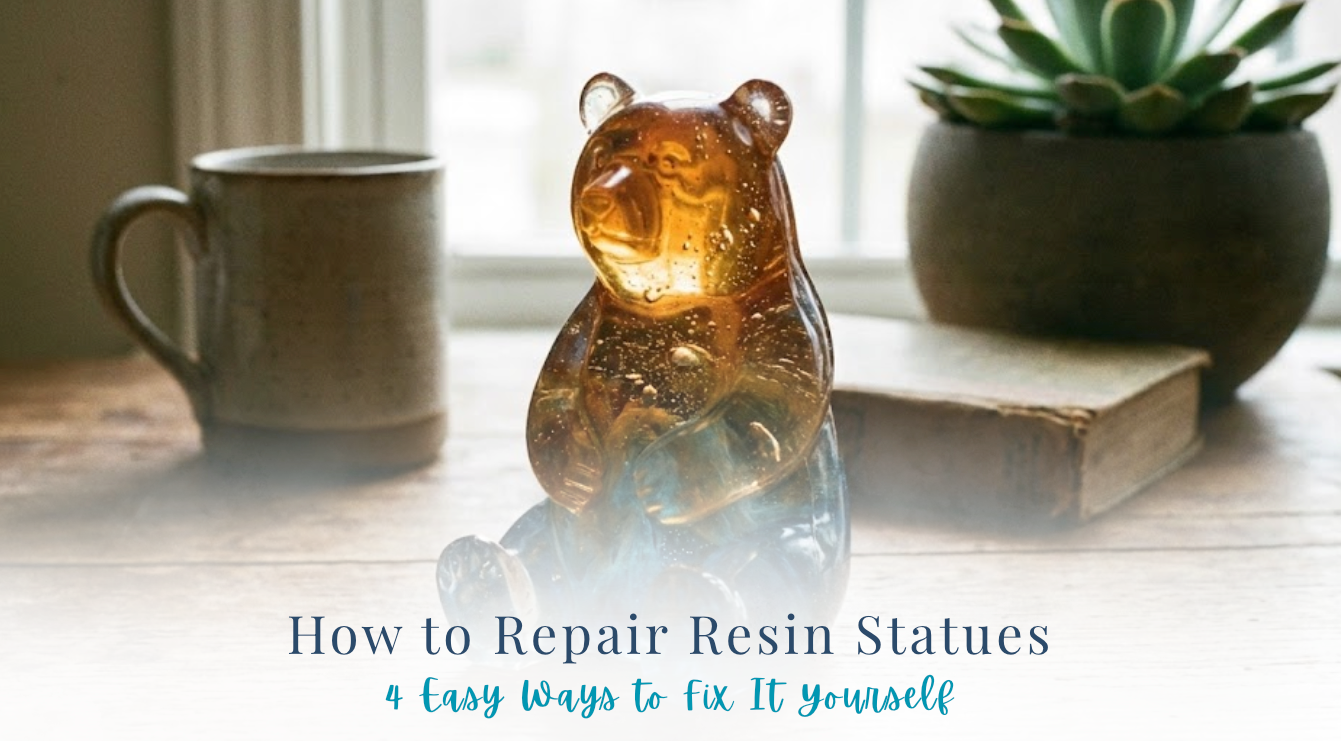

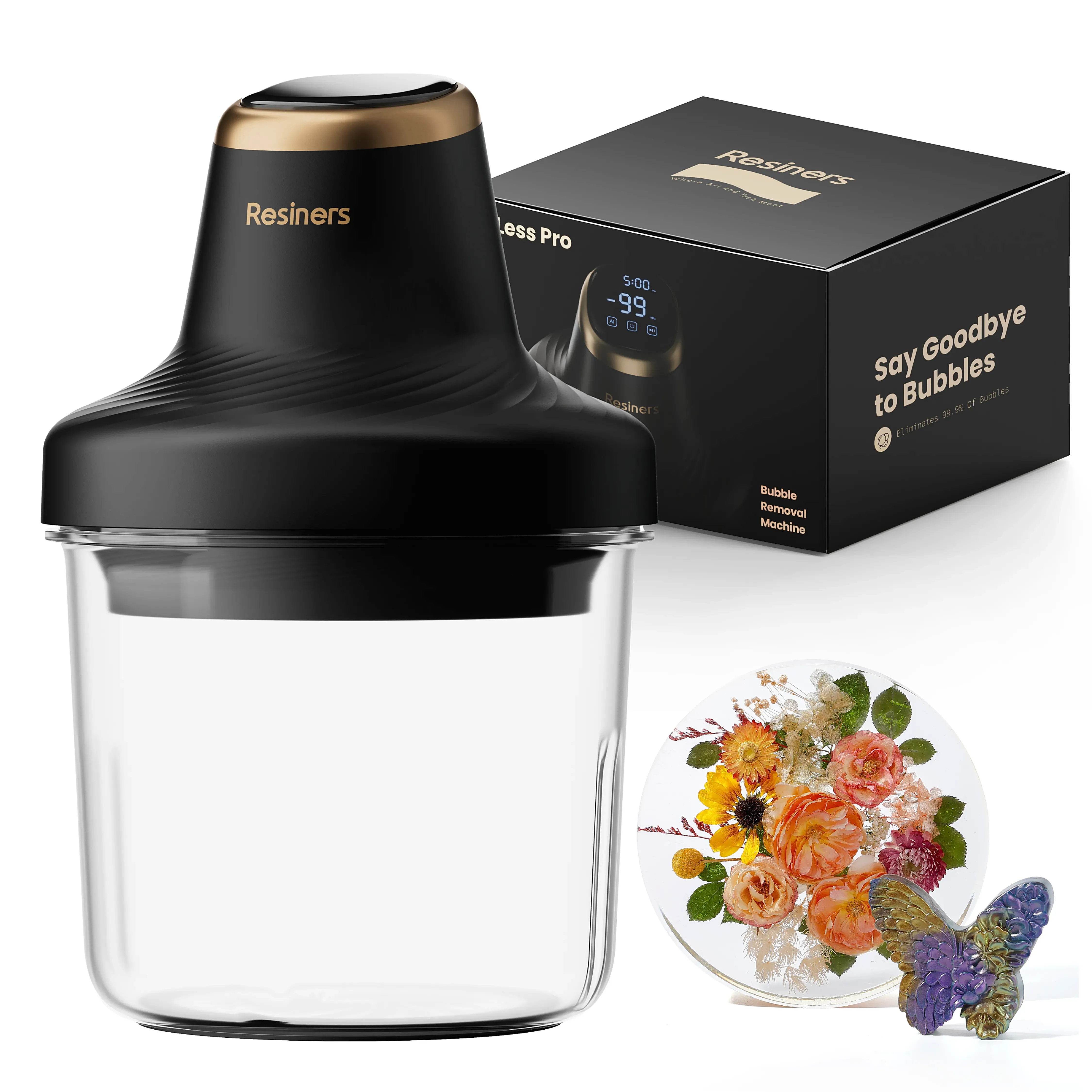
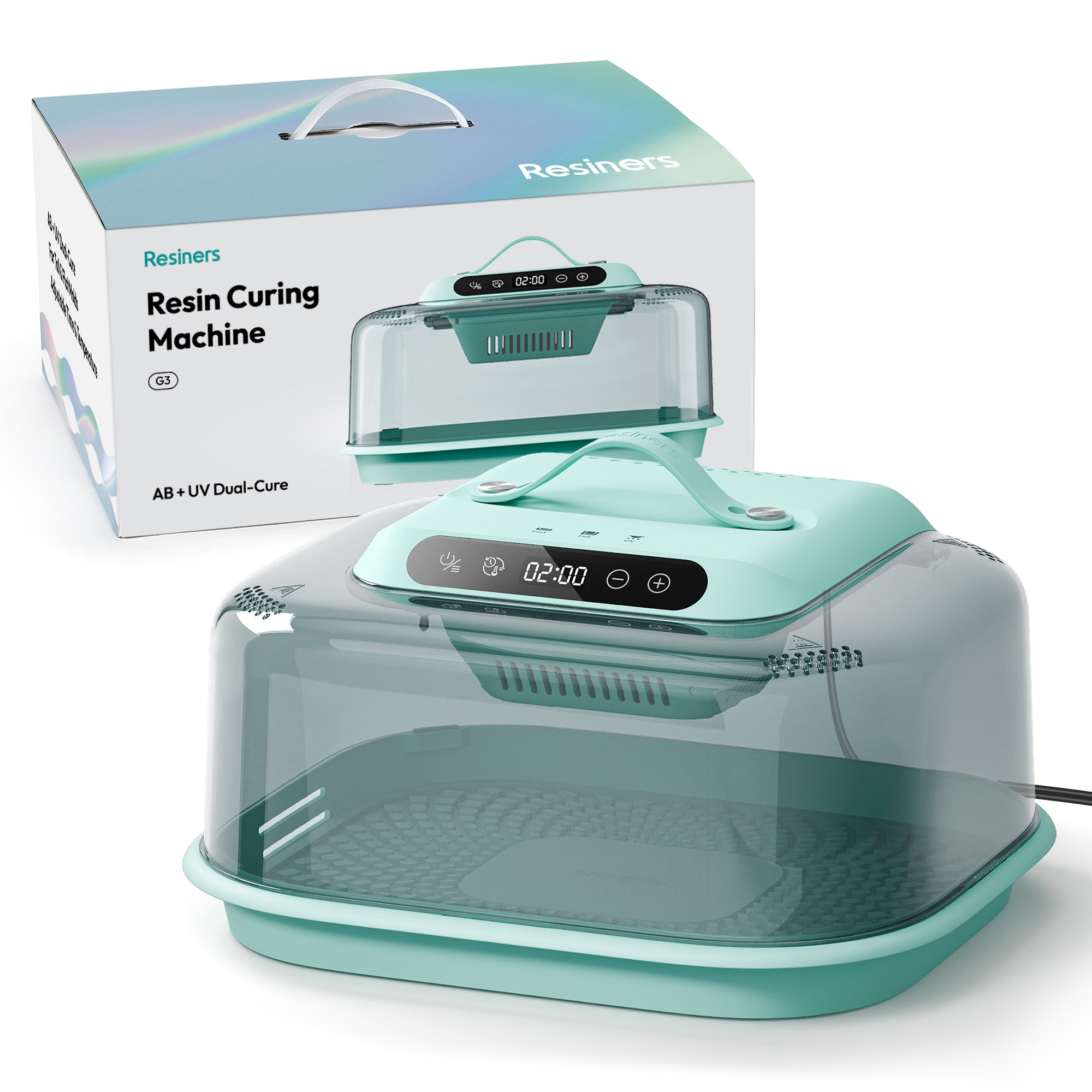
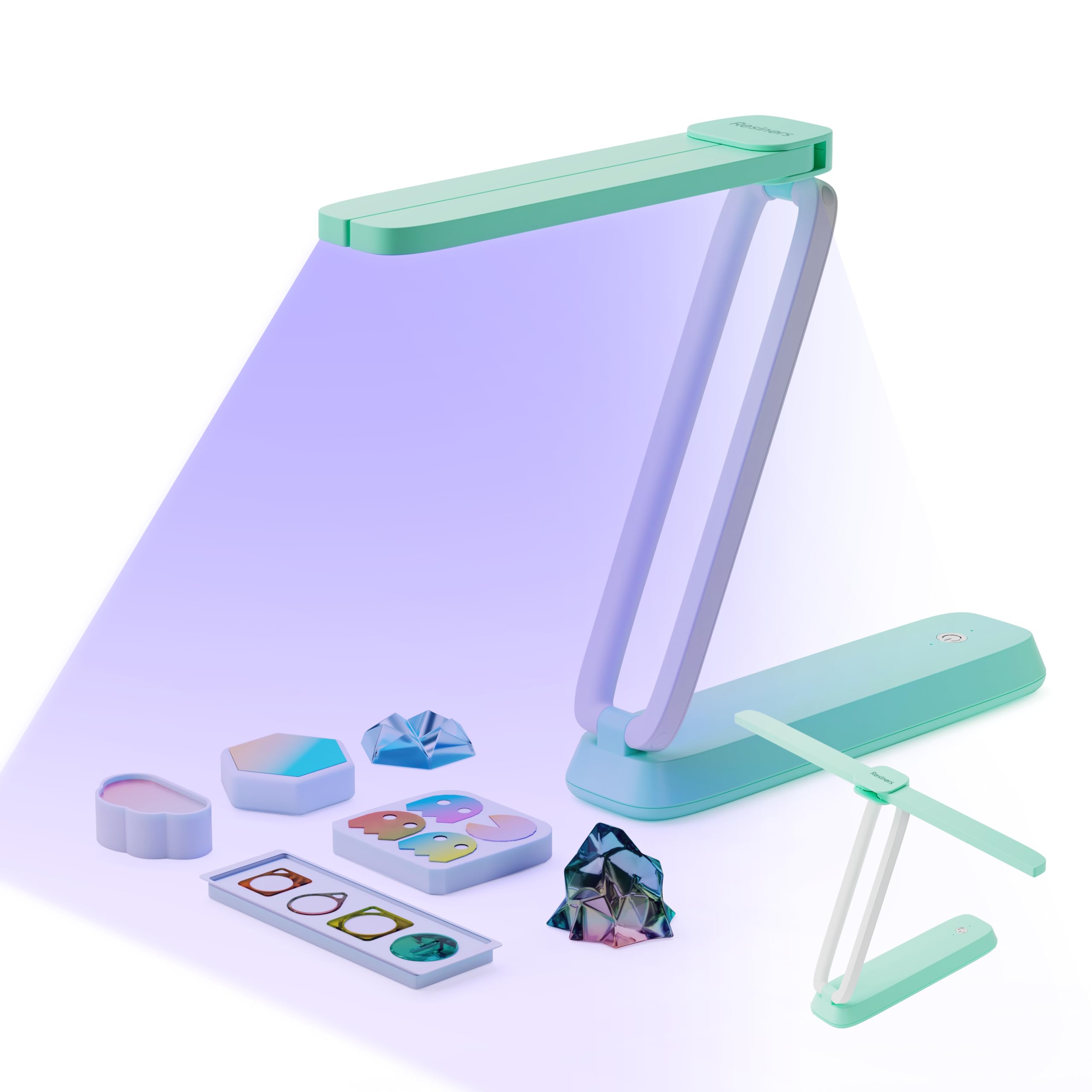
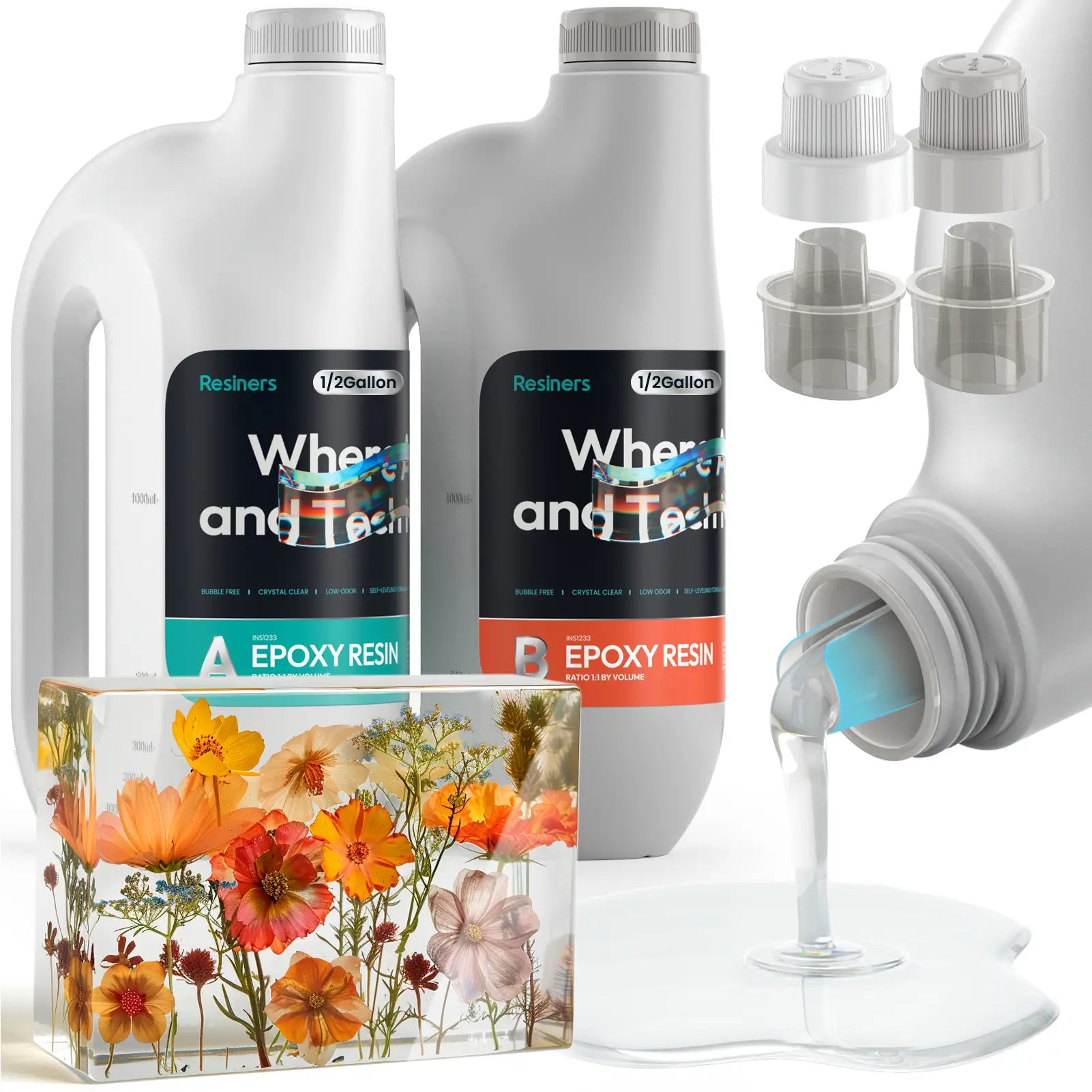
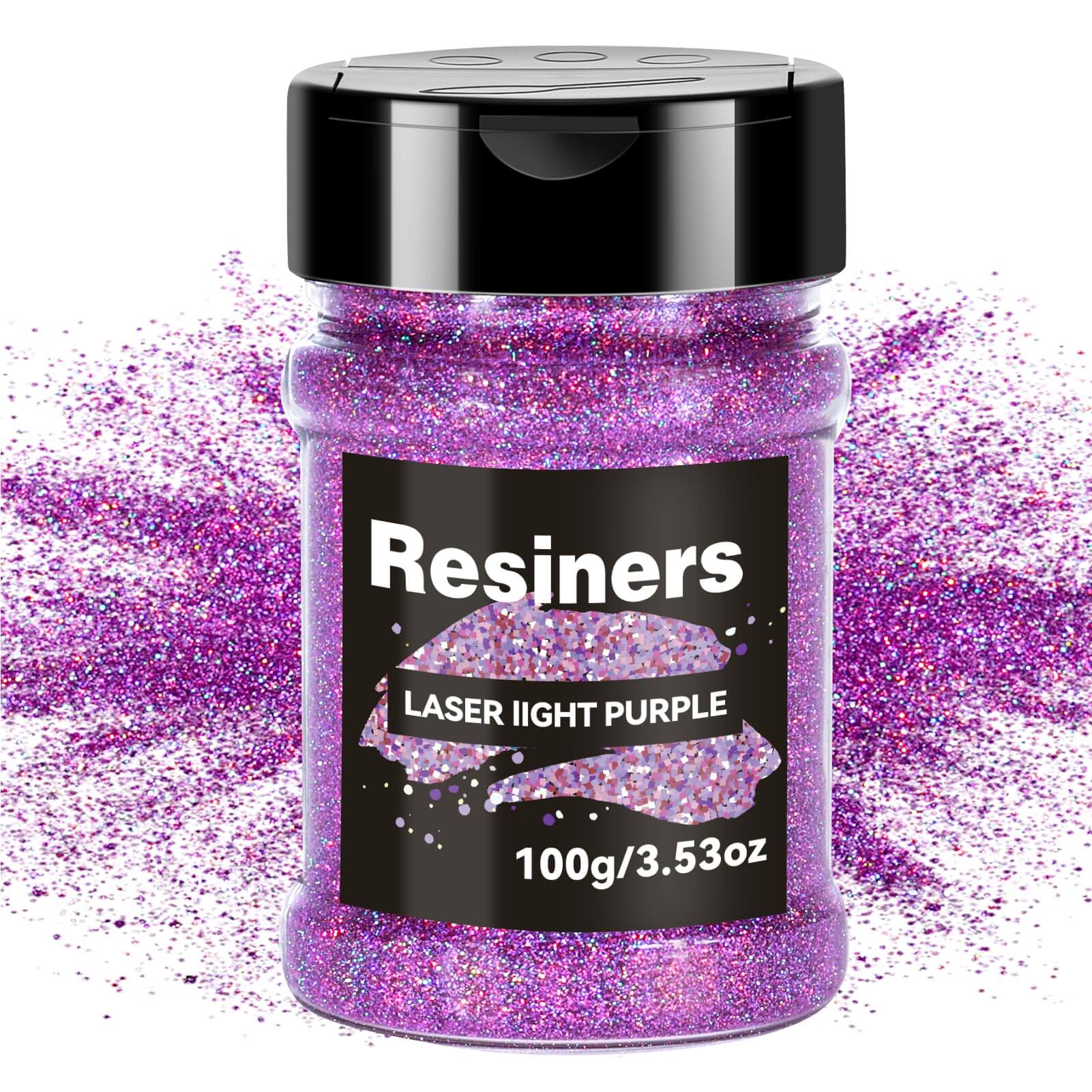
Leave a comment
This site is protected by hCaptcha and the hCaptcha Privacy Policy and Terms of Service apply.